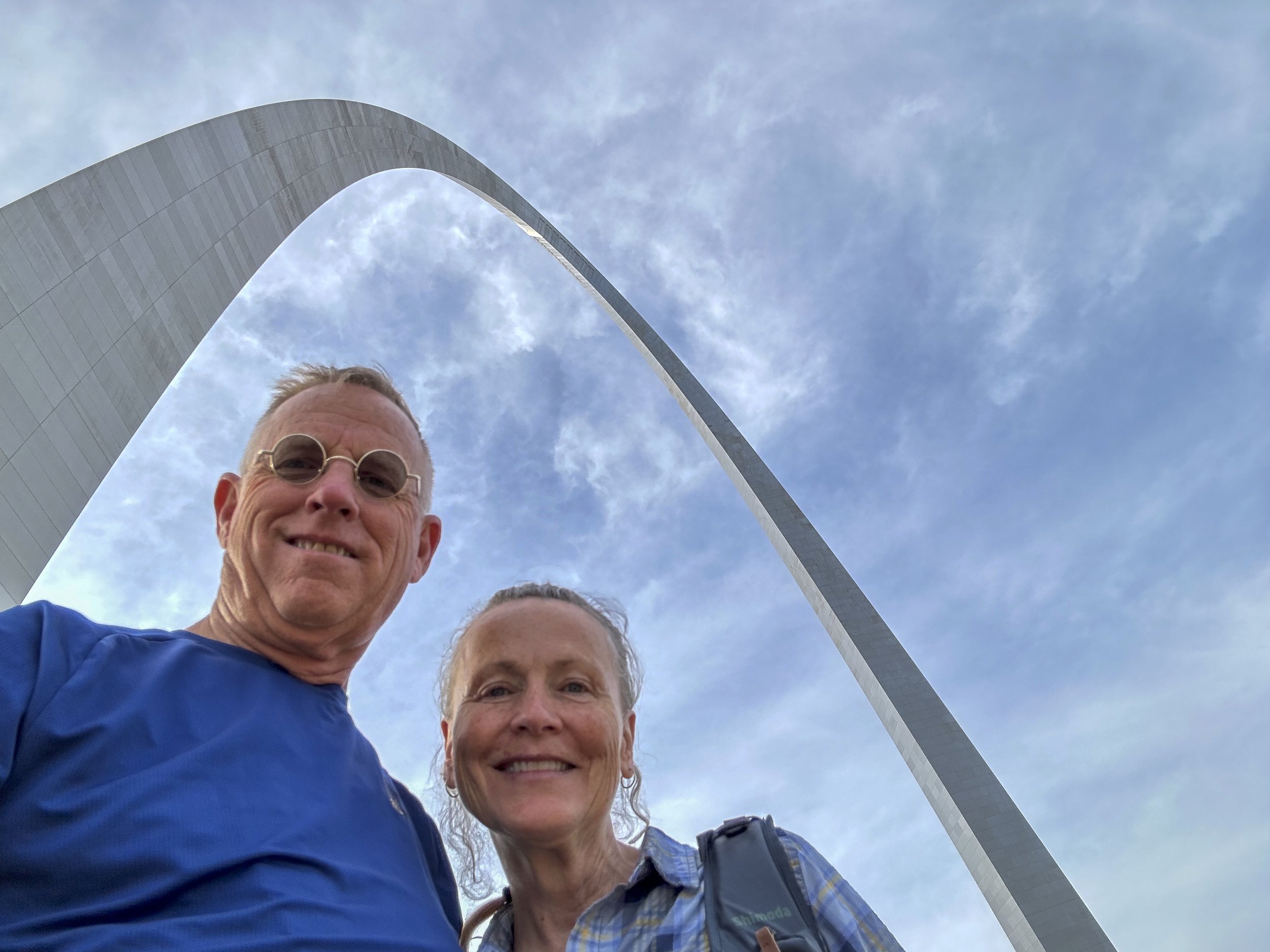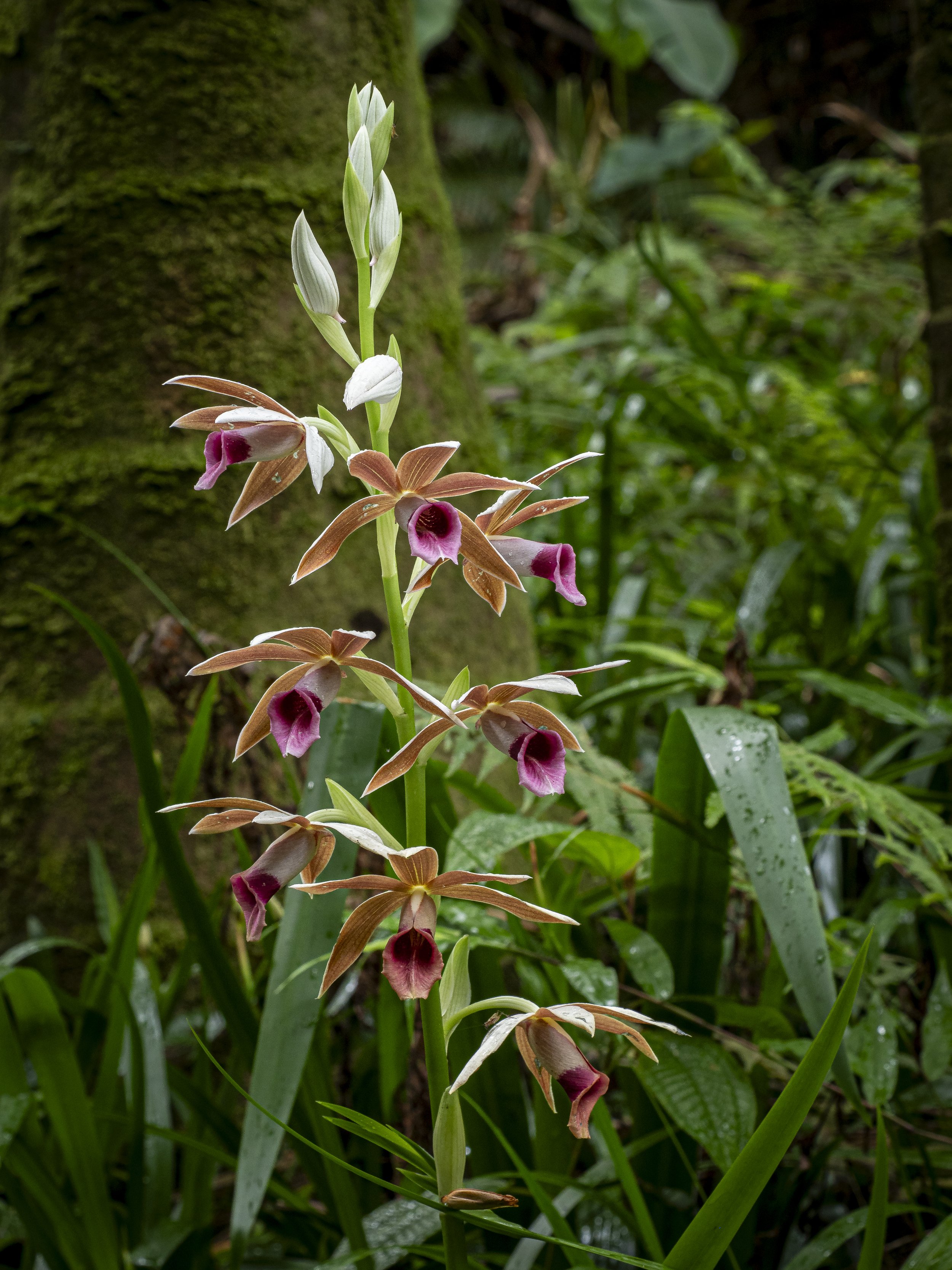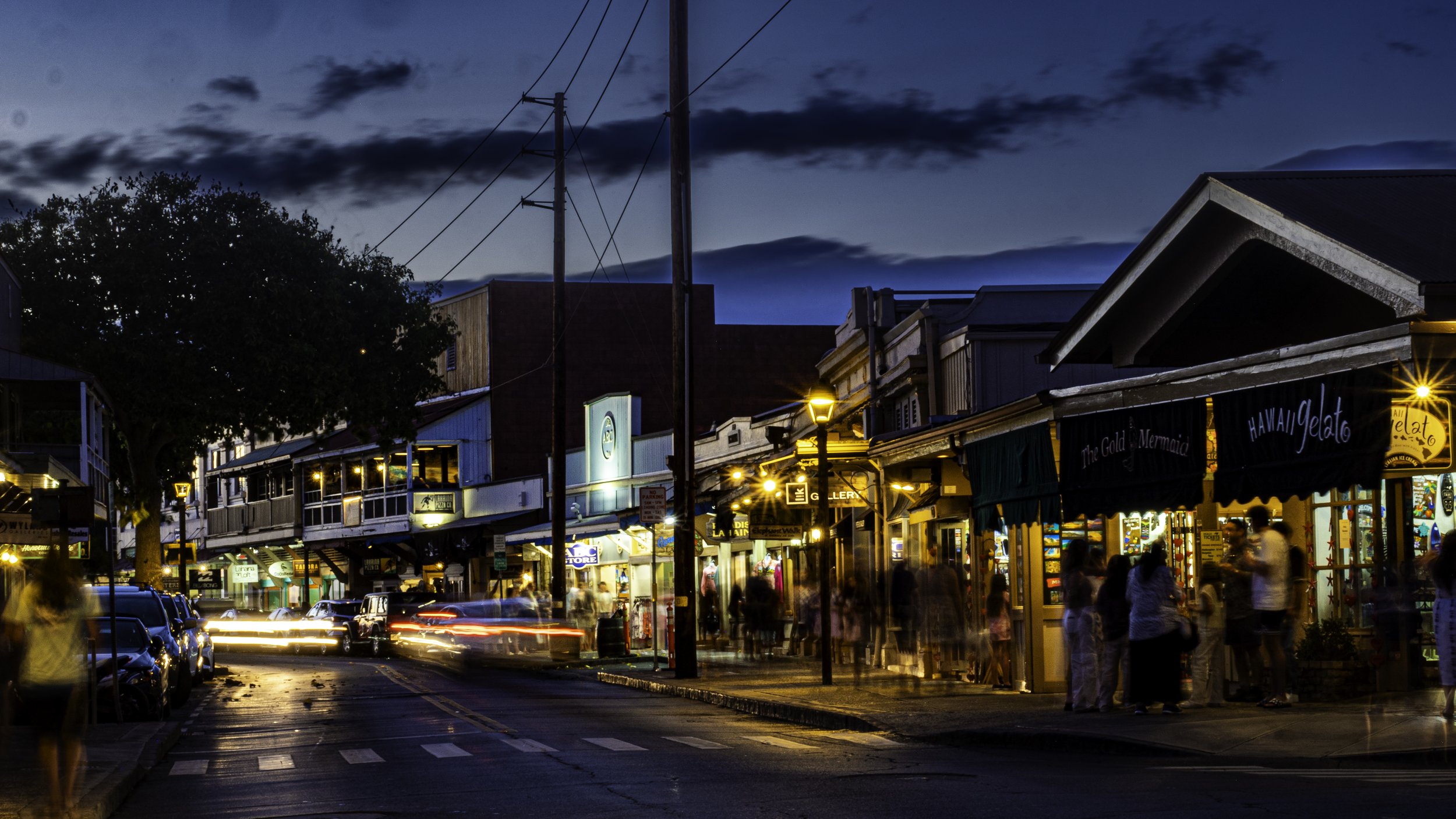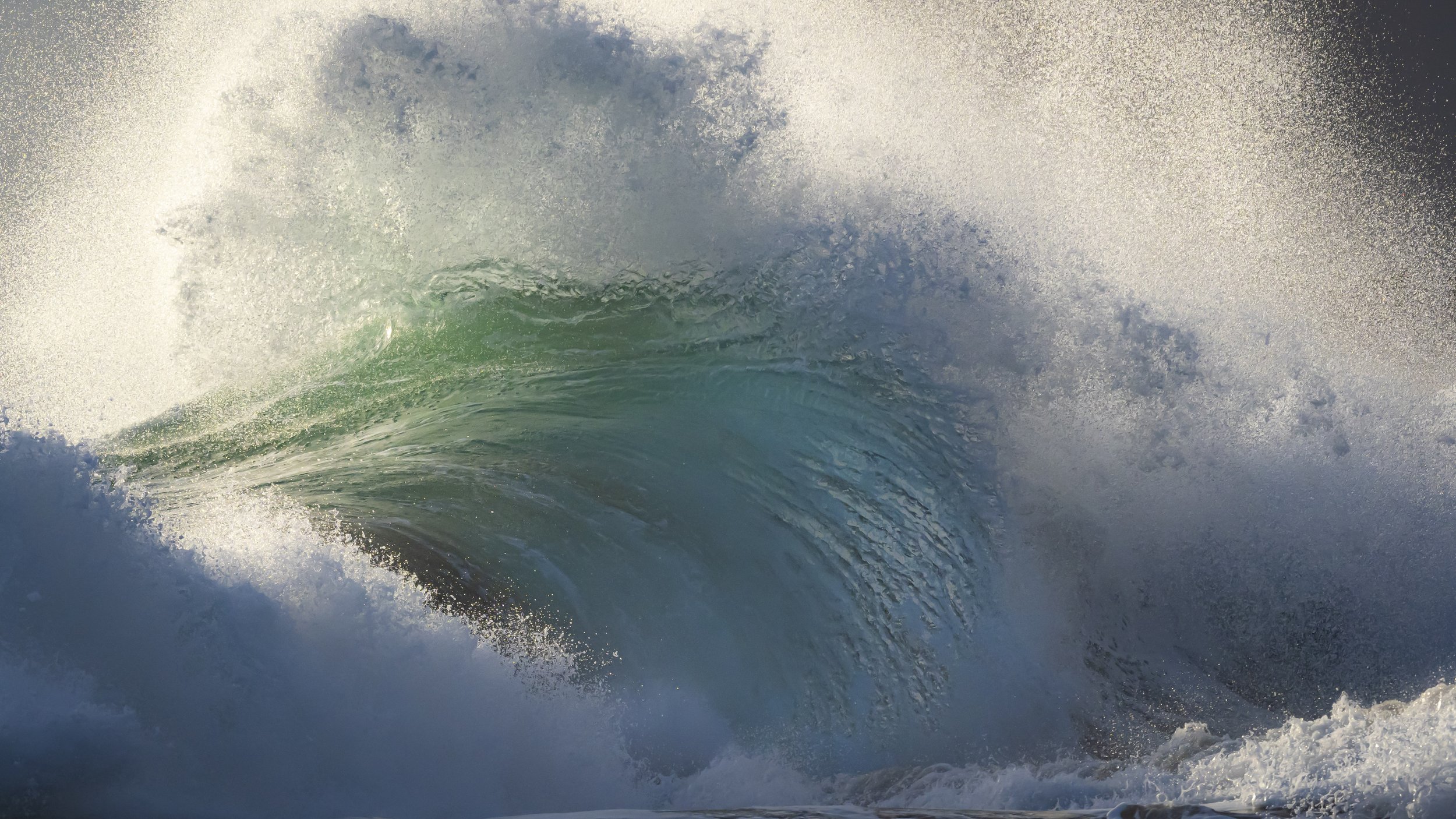If Route 66 was a necklace, the stretch of road across Oklahoma and Texas would be defined by a set of small beads punctuated with three large gemstones. The three large gems being Tulsa, Oklahoma City, and Amarillo. Between those gems are a hundred small communities that contribute a bit of spice that defines the flavor of the Mother Road. Actually, the term Mother Road was coined by John Steinbeck when he wrote the Grapes of Wrath, a story about the plight of farmers driven out of Oklahoma by the combination of the Great Depression and the dustbowl drought of the 1930’s. So, technically, The Mother Road in this case begins in east central Oklahoma and doesn’t join Route 66 until somewhere around Tulsa. The feeling I got is that the title “Mother Road” has been adopted for the entire length of the road from Chicago to Santa Monica. I read Grapes of Wrath several months ago in preparation for this journey, and I know for a fact that the Joad family never went to the beach in Santa Monica. Had they done so, it might have ended a different story.
The Leaning Tower of Texas
The small towns through these two states each attempted to define themselves in unique and quirky ways. There seemed to be a great marketing attempt even back in the day, to lure travelers to motels, diners, or gas stations, making them stand out from all the other beads along the strand.
The Blue Whale of Catoosa, Oklahoma
One of my favorite stops was at the Blue Whale of Catoosa. I was drawn as much by the town’s name as by the blue whale itself. Catoosa just sounds like a place where one would want to stay for the night. However, we didn’t stay the night in Catoosa. We drove another five miles or so down the road and spent the night in the parking lot of the Hard Rock Casino outside of Tulsa. Over half our nights on the road were spent in free areas. We slept at rest stops, casino parking lots, outlet malls, and even a boondock location or two. It was hard for me to pay $50.00 for a patch of ground just to sleep. It would have been a different story if we stayed a while to play. However, the premise of traveling Route 66 involves constantly moving forward, and we usually drove until 5:00 or 6:00 at night. We had a few stays at RV resorts and two nights we splurged for a motel room. There came a time when we needed a shower and a sit-down meal at a restaurant.
Silos are a common sight along the Route. Note the dark sky in the background.
The three large cities I mentioned, the ones I referred to as gemstones, were near disasters to navigate. In each case, we attempted to keep to the old road through the heart of the city, for the only reason being to experience the full flavor of the road. The Route was tricky to find. Guidebooks were not all that helpful, and road signs were unreliable. Both Tulsa and Oklahoma City were undergoing road construction in the downtown areas that forced us onto detours that got us hopelessly lost in congestion. It was stressful pulling the trailer through these cities, and our GPS devices were no help. The easiest solution was always to find an Interstate headed west to bail us out.
I love the juxtaposition of 19th Century wind power vs 21st Century.
Throughout this stretch, we were still dogged by severe thunderstorms that threatened us off the roads every now and then. I remember stopping at a service station in Amarillo and using the restroom. As I came out and turned to exit the store, I noticed a large indoor mural that welcomed me to the Southwest. I remember thinking with great relief, thank goodness, I’m back in the desert and we can leave these storms behind. We actually were not free of severe weather until about midway through New Mexico.
Vega and Adrian Texas are considered the center of Route 66. There is a friendly rivalry between the two towns 11 miles apart.
Speaking of murals, one of the highlights of this trip was enjoying the murals painted on the sides of buildings, barns, water towers, fences, and almost any other vertical service one can imagine. The artwork was fun to see. It almost felt that each town was attempting to outdo the next in welcoming travelers to town. I think these murals constitute an artform unto itself and Route 66 is a continuous gallery that stretches for nearly 2,500 miles.
Murals in Vega, Texas
The last town of this section is Glenrio, about one mile inside the Texas border from New Mexico. Glenrio is all but a ghost town today. The only sign of life we saw was at a cannabis dispensary. What I loved about this small town was the explosive bloom of prairie wildflowers that sparkled among the ruins of an old service station and diner. No doubt the wildflowers were the result of the heavy rains washing over. In so many instances, we witnessed that only a few years were needed for nature to reclaim the marks of human presence.
Glenrio, Texas




















































































































































